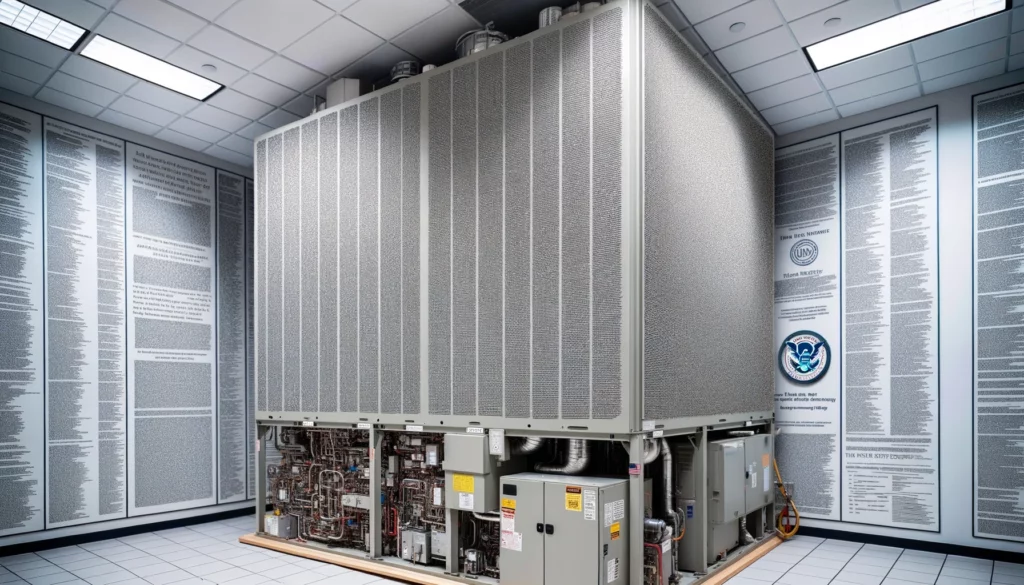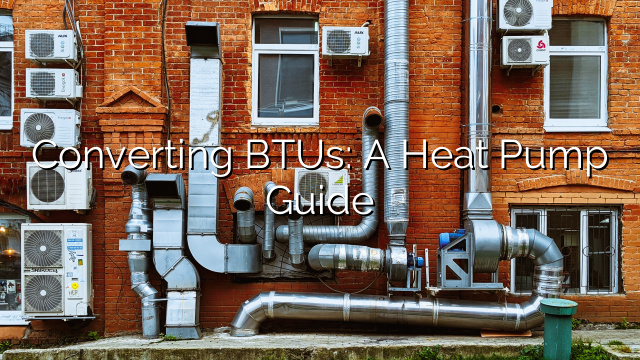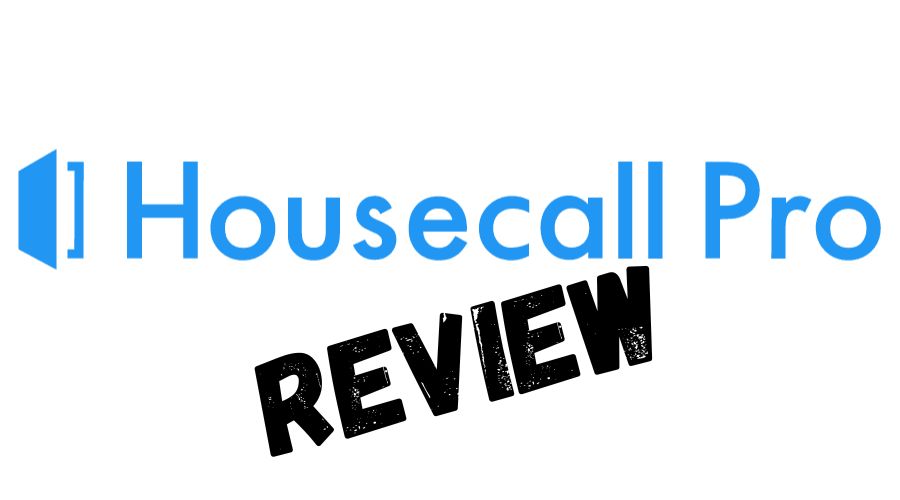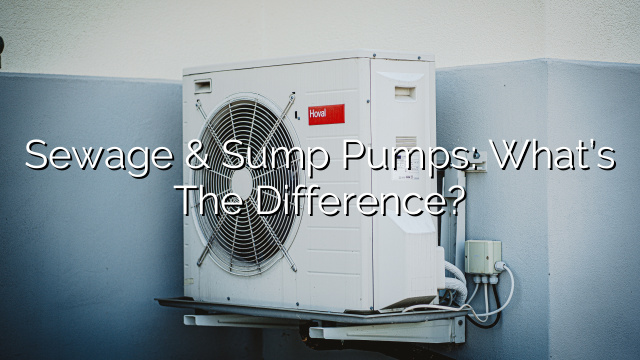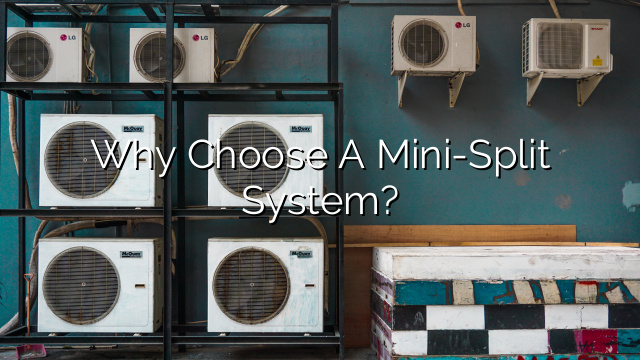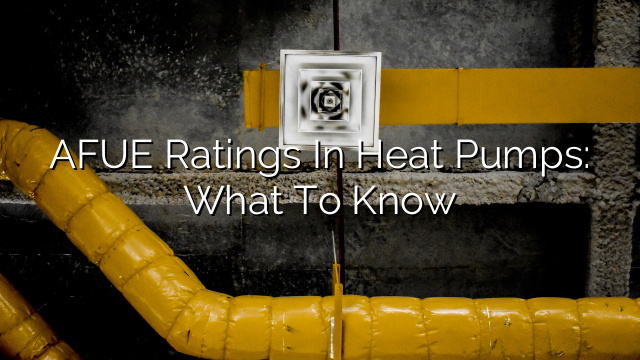The Heating, Ventilation, and Air Conditioning (HVAC) industry plays a pivotal role in ensuring comfortable and habitable living and working environments. By regulating indoor temperatures and air quality, HVAC systems contribute significantly to our daily comfort and overall well-being. However, the industry is not without its challenges, and among these, the continuous evolution of industry regulations aimed at promoting energy efficiency and environmental responsibility stands prominent.
As we step into 2023, the HVAC industry is on the cusp of significant regulatory changes that are poised to redefine standards of energy efficiency and environmental impact. Spearheaded by the U.S. Department of Energy, these new regulations were enacted on January 1, 2023, setting forth new energy-efficiency minimums on various HVAC equipment. The ripple effects of these regulatory adjustments are expected to traverse the length and breadth of the industry, impacting HVAC contractors, manufacturers, and consumers alike.
These forthcoming regulations underscore a collective move towards a more sustainable and energy-efficient HVAC landscape. They herald not only a transition in industry standards but also an opportunity for stakeholders to align with the broader goal of environmental sustainability. As these new benchmarks of energy efficiency take center stage, they bring along a suite of challenges and opportunities for HVAC professionals and consumers.
This article aims to delve deep into the intricacies of the 2023 HVAC industry regulations, shedding light on their implications for the industry and its stakeholders, and providing a roadmap for navigating the new regulatory landscape that lies ahead.
The New Energy-Efficiency Minimums
In an effort to propel the nation towards a greener future, the U.S. Department of Energy has laid down new energy-efficiency minimums for various HVAC equipment, effective from January 1, 2023. These regulations are set to incrementally reduce energy consumption, thereby contributing to a reduction in greenhouse gas emissions.
The spectrum of HVAC equipment affected by these new standards is broad, encompassing air conditioners, heat pumps, furnaces, and boilers. The thrust of these new regulations is to ensure that the HVAC systems installed in residential and commercial spaces are optimized for energy efficiency without compromising on performance.
One of the notable benefits of these new standards is the potential for significant energy savings. By adhering to higher energy-efficiency standards, HVAC systems will consume less power for the same level of output, thereby contributing to lower energy bills for consumers. Moreover, the environmental footprint of HVAC operations will be considerably reduced, aligning with the broader societal shift towards environmental sustainability.
These regulatory adjustments are not just about cost savings; they represent a stride toward achieving long-term environmental goals. By reducing the energy demand for HVAC systems, the industry is playing its part in minimizing greenhouse gas emissions, which is a crucial step toward mitigating climate change.
Furthermore, the new energy-efficiency minimums are likely to spur innovation within the HVAC industry. Manufacturers will be incentivized to design and produce more efficient HVAC systems that not only comply with the new standards but also cater to consumers’ evolving needs and expectations.
The trajectory towards higher energy efficiency is clear, and the new regulations set a robust framework for the HVAC industry to align with this trajectory. As the industry adapts to these new standards, the ripple effects on HVAC contractors, manufacturers, and consumers are profound, setting the stage for a more sustainable and energy-efficient HVAC landscape.
Compliance and Certification
With the ushering in of new energy-efficiency standards, compliance, and certification become focal points for HVAC manufacturers and contractors. The following are key facets of this regulatory transition:
- Compliance Requirements:
- HVAC manufacturers are required to adhere to the new energy-efficiency minimums, ensuring that their products meet or exceed the specified standards.
- Contractors are tasked with ensuring that installations comply with the new standards, which may necessitate additional training and education.
- Certification Processes:
- Products: HVAC equipment will need to undergo rigorous testing and certification to verify compliance with the new energy-efficiency standards.
- Professionals: HVAC contractors may need to attain additional certifications that verify their competency in installing and servicing the newly regulated equipment.
- Testing and Verification:
- Independent testing organizations play a crucial role in verifying compliance, and conducting tests to ascertain the energy efficiency of HVAC equipment.
- Verification processes are integral to ensuring that the claims of manufacturers and contractors regarding energy efficiency are accurate and verifiable.
- Challenges and Solutions:
- Challenges: The transition to higher energy-efficiency standards may pose challenges such as increased manufacturing costs, the need for retraining, and potential initial resistance from stakeholders accustomed to previous standards.
- Solutions: Engaging in proactive education, investing in research and development for more efficient HVAC technologies, and fostering open communication among industry stakeholders can significantly mitigate these challenges.
The path to compliance may be demanding, but it is a necessary stride toward fostering a culture of energy efficiency and environmental responsibility within the HVAC industry. The new regulatory framework not only sets a higher bar for energy efficiency but also encourages a culture of continuous improvement and innovation. This, in turn, bodes well for the industry’s long-term sustainability and the broader goal of reducing greenhouse gas emissions.
By understanding and adapting to the compliance and certification requirements, HVAC manufacturers and contractors are better positioned to navigate the new regulatory landscape, delivering value to consumers while contributing to societal environmental goals.
Impact on HVAC Contractors and Consumers
The ripple effects of the new energy-efficiency standards transcend the manufacturing realm, reaching the doorsteps of HVAC contractors and consumers. Here’s a breakdown of the anticipated impact:
For HVAC Contractors
- Business Operations:
- Adhering to the new standards may necessitate modifications in business operations, including sourcing compliant HVAC equipment and possibly adjusting pricing structures to accommodate for the increased cost of more efficient equipment.
- Contracting businesses may also witness an uptick in demand for system upgrades, installations, and maintenance services compliant with the new regulations.
- Training and Education:
- Contractors will likely need to invest in training and education to ensure their teams are well-versed with the new standards and capable of installing, maintaining, and servicing the newly regulated equipment proficiently.
- Customer Service:
- With consumers becoming increasingly aware of energy efficiency and its benefits, contractors will need to enhance their customer service to provide clear information, guidance, and support regarding the new standards and compliant HVAC systems.
For Consumers
- Cost Savings:
- Over the long term, consumers stand to benefit from reduced energy bills as a result of utilizing more energy-efficient HVAC systems.
- System Upgrades:
- Consumers may need to consider system upgrades to comply with the new standards, which although may entail an initial investment, promise long-term energy savings.
- Choices of HVAC Systems:
- The market will likely see a proliferation of energy-efficient HVAC systems, providing consumers with a broader array of choices that cater to diverse needs and preferences.
The intertwining of the new regulations with the everyday operations of HVAC contractors and the lived experiences of consumers underscores the holistic impact of these regulatory changes. As the HVAC landscape morphs to embody higher standards of energy efficiency, the industry’s stakeholders, from contractors to consumers, are presented with a unique set of challenges and opportunities. Navigating through these changes necessitates a blend of awareness, preparation, and adaptability, setting the stage for a more sustainable and consumer-centric HVAC industry.
Preparing for the Transition
The dawn of 2023 heralds a new era of regulatory compliance in the HVAC industry. As the deadline for compliance with the new energy-efficiency standards approaches, both HVAC contractors and consumers need to gear up for the transition. Here’s a roadmap to navigating this change:
For HVAC contractors, education is the cornerstone of preparation. Engaging in training programs that elucidate the new standards, and investing in workshops that teach the best practices for installing and servicing the newly regulated equipment are prudent steps. Furthermore, familiarizing themselves and their teams with the certification processes and compliance requirements will be instrumental in ensuring a smooth transition.
On the other hand, consumers too have a role to play in this transition. Being informed about the new standards, understanding the benefits of energy-efficient HVAC systems, and knowing what to look for when investing in new HVAC systems or hiring contractors are pivotal. Consumers should seek out contractors who are well-versed with the new standards and who prioritize energy efficiency in their offerings.
Moreover, HVAC contractors should consider upgrading their service offerings to include the installation and maintenance of the newly regulated, energy-efficient HVAC equipment. By doing so, they not only align their business operations with the new regulatory framework but also position themselves as trusted, forward-thinking industry players in the eyes of consumers.
Furthermore, consumers can start planning for potential system upgrades. Assessing the energy efficiency of their current HVAC systems, and budgeting for potential upgrades or replacements will be key steps in preparing for the new energy-efficiency standards.
This regulatory transition presents an opportunity for a fresh dialogue between HVAC contractors and consumers. It’s a chance for contractors to underscore their commitment to energy efficiency and environmental sustainability, and for consumers to make informed decisions that align with their energy-saving goals and environmental values.
As the HVAC industry steers towards a more energy-efficient and environmentally sustainable horizon, the preparation and adaptability of its stakeholders will be the linchpins of successful navigation through the new regulatory landscape.
Conclusion
The HVAC industry is at a pivotal juncture as it embraces the new energy-efficiency standards set forth by the U.S. Department of Energy. The regulatory changes coming into effect on January 1, 2023, are more than just a shift in technical specifications; they represent a collective stride towards a more sustainable and energy-efficient future.
For HVAC contractors, these new standards herald an era of enhanced professionalism, technological advancement, and a renewed focus on delivering value to consumers through energy-efficient solutions. On the flip side, consumers stand to benefit from lower energy bills, a broader array of HVAC system choices, and the satisfaction of contributing to environmental sustainability.
This transition, albeit challenging, is a necessary step in aligning the HVAC industry with the broader societal goals of reducing energy consumption and minimizing greenhouse gas emissions. It calls for a concerted effort from all stakeholders—manufacturers, contractors, and consumers—to understand, adapt to, and leverage the new regulations to foster a culture of energy efficiency and environmental responsibility.
As we navigate through the intricacies of the 2023 HVAC industry regulations, the journey may be laden with challenges, yet it is also ripe with opportunities. It’s an invitation for all stakeholders to come together, learn, adapt, and innovate, thereby contributing to a greener and more energy-efficient HVAC landscape that bodes well for both the industry and the planet.
Sources
- The U.S. Energy Information Administration mentions that beginning in 2023, all new residential central air-conditioning and air-source heat pump systems sold in the United States will be required to meet new minimum energy efficiency standards1.
- A page on the Department of Energy’s website regarding Appliance Standards Rulemakings and Notices states that the Department of Energy has published a Federal Register notice amending the test procedures for central air conditioners and heat pumps required for certification of compliance with applicable energy conservation standards starting January 1, 20232.
- Another page on the Department of Energy’s website provides information on how the Department has updated the national standards for Heating Seasonal Performance Factor (HSPF) and Seasonal Energy Efficiency Ratio (SEER) effective January 1, 2023, which changes the way HVAC systems are tested and rated for efficiency3.
- Additionally, a page on regulations.doe.gov mentions that effective January 1, 2023, new test procedures and performance standards will go into effect for central air conditioners and heat pumps, and provides the references to the federal regulations where these new procedures and standards are outlined4.

